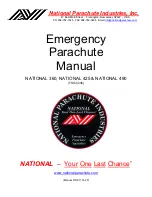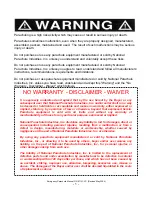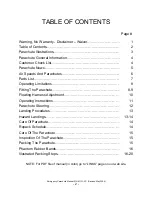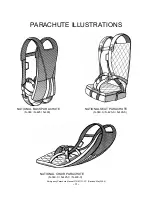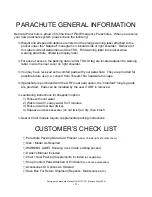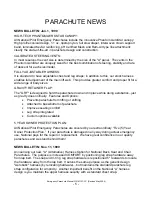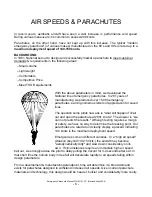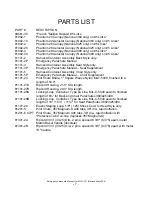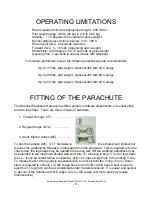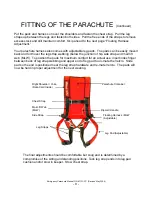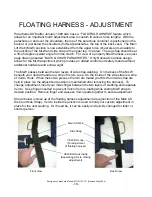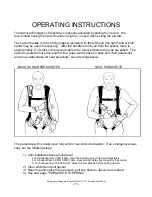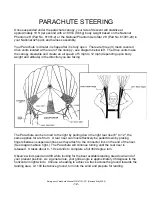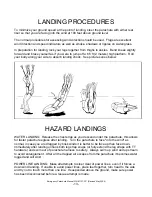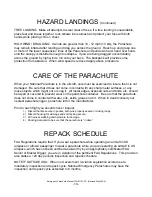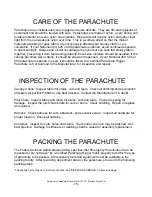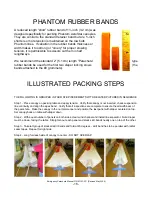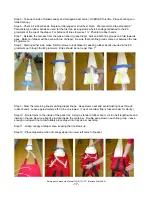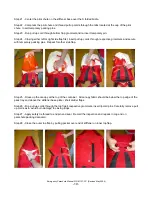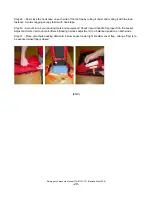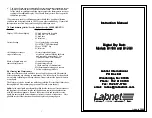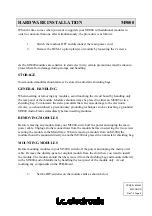
HAZARD LANDINGS
(Continued)
TREE LANDING: Make all attempts to steer clear of trees. If a tree landing is unavoidable,
place feet and knees together, tuck elbows into stomach and protect your face with both
hands while placing chin on chest.
HIGH WIND / DRAGGING: If winds are greater than 10 - 12 mph (10 kts), the Parachute
may remain inflated after landing and drag you across the ground. Reach up and grasp one
or more of the lower suspension lines of the Parachute and pull down hard, hand over hand,
until the canopy is distorted enough to collapse. If you are being dragged uncontrollably
across the ground by high winds, roll onto your back. The backpack will provide some
protection from abrasion. When wind speed is reduced apply above procedure.
CARE OF THE PARACHUTE
When your National Parachute is in the aircraft, care must be exercised to insure that it is not
damaged. Be sure that it does not come in contact with any sharp metal surfaces, or any
loose objects which might cut or snag it. All metal edges, exposed nuts and bolts, etc. should
be taped or covered to prevent wear on the parachute container. Be sure that the parachute
does not come in contact with water, oils, acids, grease or dirt. When in doubt consult your
nearest parachute rigger, parachute loft or the manufacturer.
Prior to each flight you should check / inspect:
1) Ripcord handle secure in pocket, both pins properly seated in closing loops.
2) Ripcord housing for damage and end tacking secure.
3) All harness webbing and hardware for damage.
4) Packing data card to be sure that the parachute is “in date.”
REPACK SCHEDULE
FAA Regulations require that: If you wear a parachute while operating an aircraft in US
airspace or allow a passenger to wear a parachute while you are operating an aircraft in US
airspace; which has not been certified as airworthy by an appropriately certificated FAA
Senior or Master Rigger, you are in violation of the pertinent FAA Regulations. This provision
also states a 120 day periodic inspection and repack schedule.
NOTE IF OUTSIDE USA: When no Government / Aviation Legislation exists to set a
mandatory inspection and repack cycle, National Emergency Parachutes may have the
inspection and repack cycle extended to 8 months.
Emergency Parachute Manual P/N 81101-2P (Revised May 2004)
- 14 -

